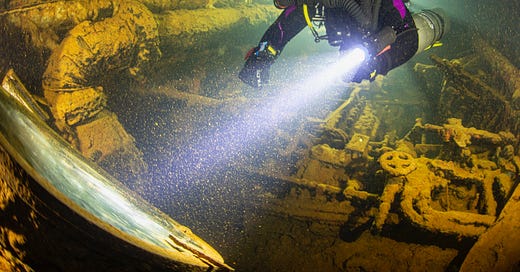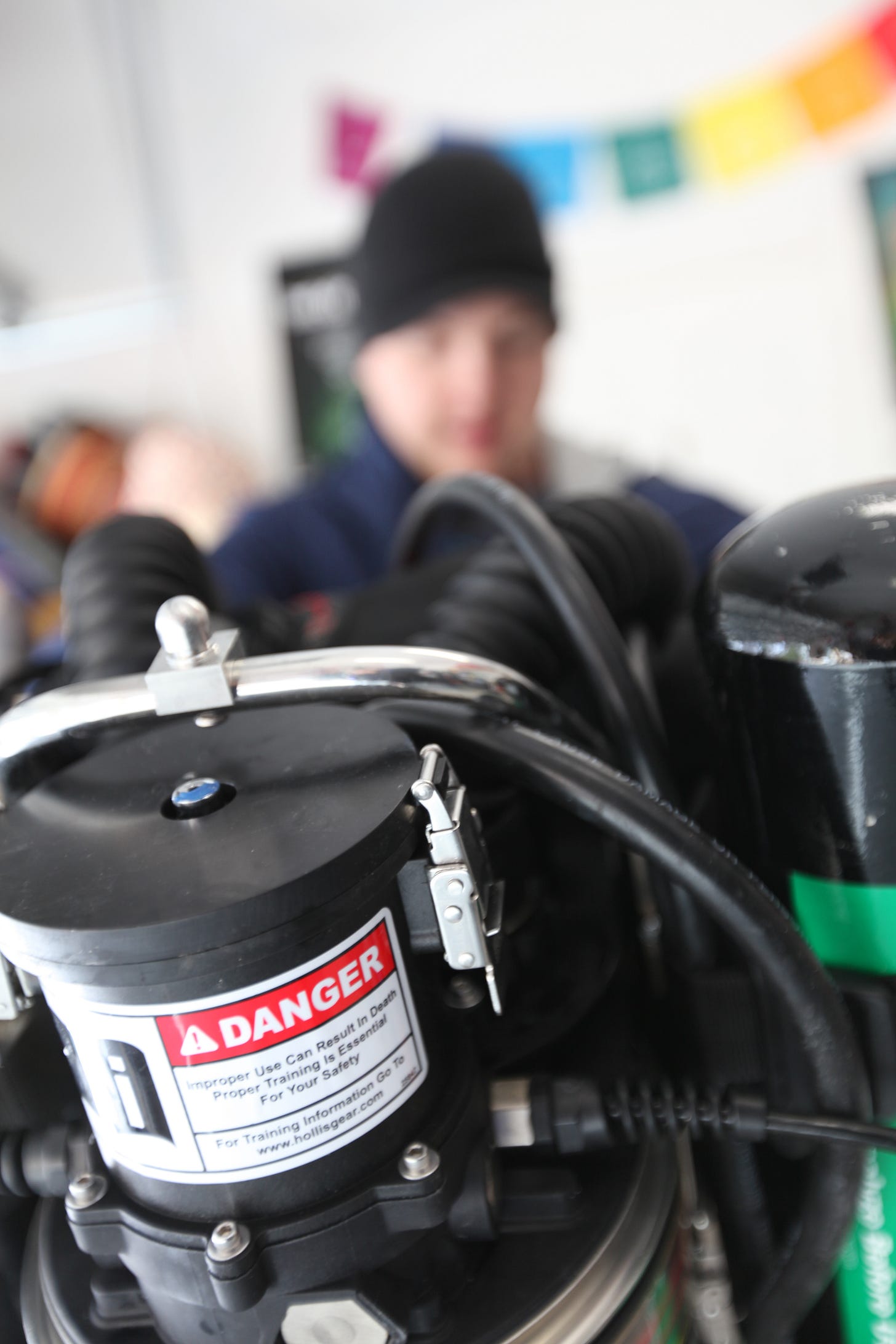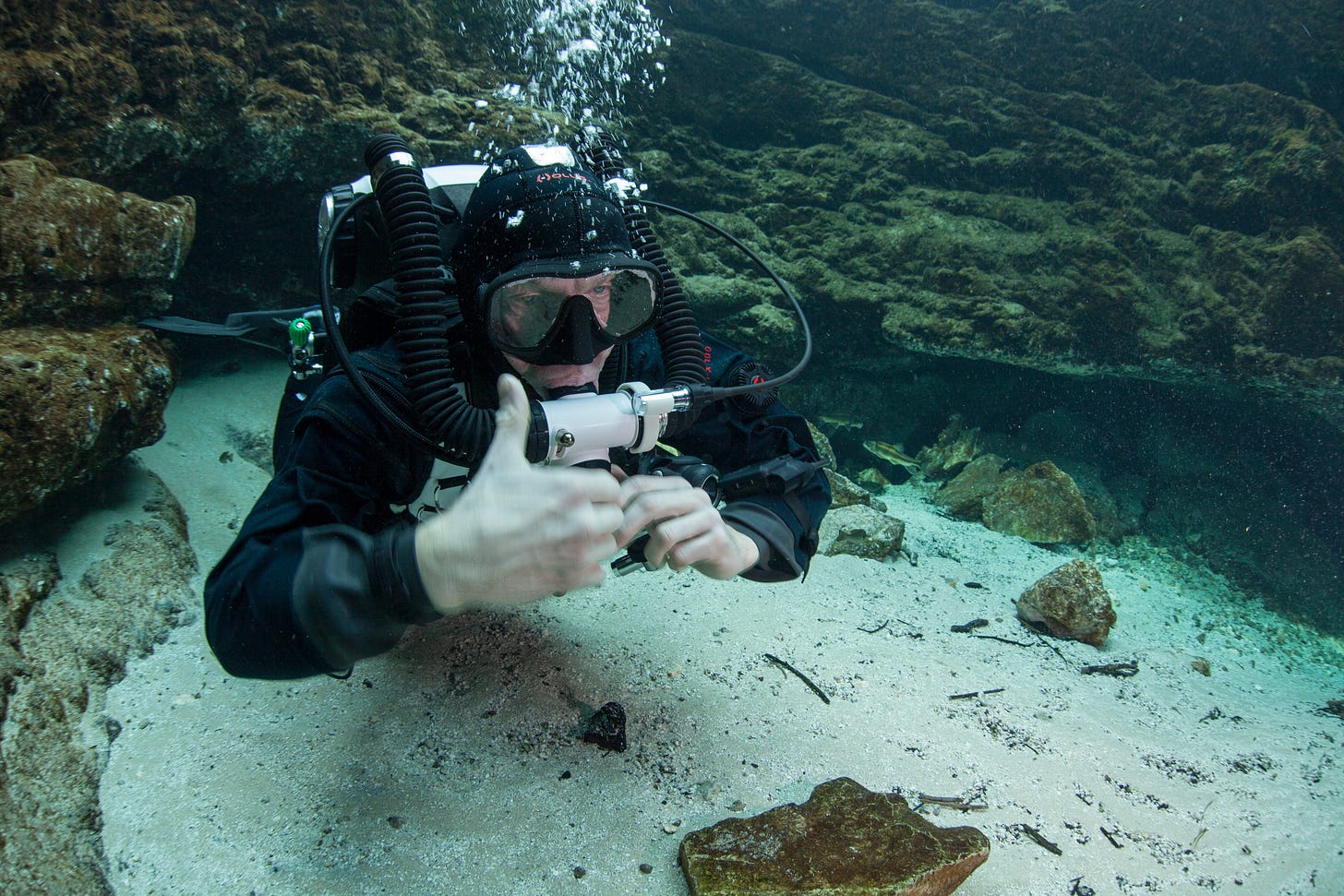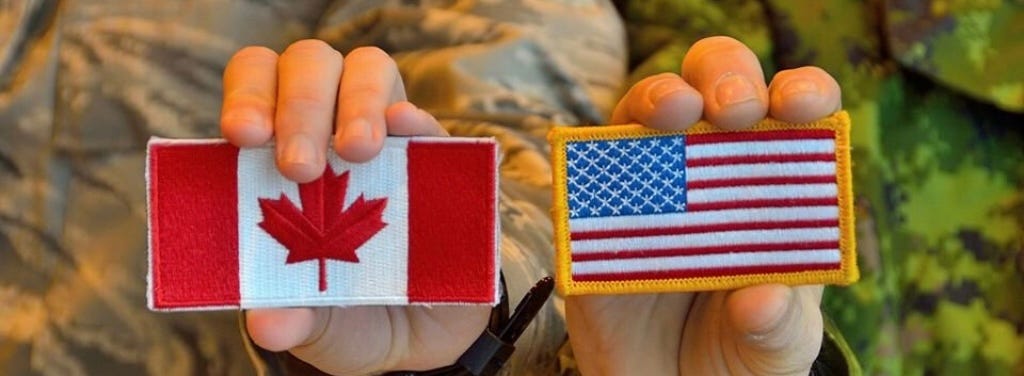Should You Dive a Rebreather?
Diving with a rebreather is an incredible experience, but it comes with serious responsibilities and risks that aren’t part of open circuit scuba. Just because you’re experienced with traditional scuba doesn’t mean that your knowledge carries over to rebreathers—they’re a completely different beast. That’s why proper training from a qualified instructor is absolutely essential.
When you sign up for a rebreather class, you’re making a big commitment—not just to learning, but also legally. You’ll be waiving some rights, and it’s crucial that you and your family understands the real risks, including the potential for injury or even death.
With a rebreather, safety is 100% on you. That means following your training every single time—using checklists, maintaining your gear, and staying physically fit for diving. Ignoring these things can put you and others in serious danger. Problems can happen at any stage—before, during, or after a dive—and if you don’t handle them correctly, the consequences can be fatal. That’s why you need to know your rebreather inside and out. You should understand every component, how to maintain it, and have a solid plan in place for emergencies. Training and experience aren’t optional—they’re what keep you alive. Decisions made before hitting the water are critical. If the unit fails a pre-dive check, do not dive.
You are the one responsible for your rebreather. That means assembling it properly, checking every system before a dive, and making sure the equipment is in working order. A malfunction can be deadly, so there’s no room for shortcuts. You also need to read and fully understand the instruction manual for your specific unit—your safety depends on it.
Before you take a rebreather into the water, you must:
be certified by a qualified, active diving instructor who is specifically able to certify divers on your specific brand of rebreather;
be specifically trained and certified by a qualified instructor in the technology of using and mixing oxygen and other gases;
have independently ensured that all gases and chemicals being used have been properly prepared and/or analyzed prior to their use;
have set up and assembled the rebreather using the procedures set forth in the instruction manual for the rebreather, and have double-checked all pre-dive and dive procedures using appropriate checklists.
Diving a rebreather means accepting the reality that things can go wrong—sometimes catastrophically. No piece of equipment is foolproof. You can be exposed to risks like hypoxia, hyperoxia, hypercapnia, decompression sickness, equipment failure, and more. Even if you do everything right, there’s the possibility of something going wrong. That’s why you must have an adequate bailout gas supply and a plan for dealing with emergencies.
Rebreather diving takes time and experience to master. You can’t rush it, and you have to dive regularly to stay proficient. Every dive should be carefully planned, especially for worst-case scenarios, such as a complete system failure.
And one final thing: NEVER modify your rebreather. The only changes that should ever be made are those by the manufacturer. Modifying it isn’t just dangerous—it can void warranties and put your life at risk. Adjusting and perfecting a harness is fine, but do not swap scrubbers, or add 3rd party elements to the breathing loop without consulting the manufacturer first.
Your rebreather is for you and you alone. Don’t sell or lend it to someone who isn’t properly trained. If they get hurt or worse, it’s on you.
Rebreathers open up a whole new world of diving, but they demand respect, knowledge, and discipline. If you’re not willing to take that responsibility seriously, then rebreather diving isn’t for you.
Get Jill’s technical diving guide THE BASICS OF REBREATHER DIVING
This newsletter is 100% organic - no algorithms, chatbots, or artificial sweeteners - just original thoughts and stories from cave diver/explorer Jill Heinerth and a guy who needs caffeine to think straight, Robert McClellan. Please share and enjoy!
Hey! We have greens! Our indoor hydroponic tower is beginning to produce results!
So, what’s all this “Elbows Up” stuff on Canadian’s social media? And why was Mike Myers wearing that shirt on SNL last weekend?
Elbows up is a Canadian ice hockey reference. Attributed to the legendary Gordie Howe, it means when you are about to go deep into the corner of the rink and get into a scrap with the opposition, go in elbows up, fists in front, ready to fight.
Myers, who is proudly Canadian wore a “Canada Is Not For Sale” T-shirt during the close of the SNL episode. It references Ontario Premiere Doug Ford’s motto seen on ball caps in response to the Trump Tariffs and Trade Wars.
The Video above was released in 2001 as a Molson Canadian beer ad. It first aired during the NHL playoffs. The actor - Jeff Douglas has updated it this week to suit the current situation:
Political Anxiety
Jill Heinerth
The world feels different now. There’s a new weight pressing down, with a familiar yet intensified anxiety humming beneath daily life. As Canadians, we watch with apprehension as Donald Trump brings a political landscape that feels increasingly unpredictable and threatening—not only for Americans but for us as their closest neighbors. We worry about the divisiveness within the United States, erosion of democratic norms, human rights, and the ripple effects that could extend beyond their borders. The looming threats of new tariffs and attacks on our sovereignty challenge the stability of our economic and political standing.
It’s tempting to withdraw, to hope that whatever chaos unfolds south of the border remains contained. But we know better. The policies and political climate of the United States inevitably influence Canada, from trade agreements to border security and environmental cooperation. Remaining silent is not an option. This is precisely the moment when we must foster dialogue and unity—not only within our own country but with those in the U.S. who share concerns about their leadership trajectory.
At the same time, it is crucial to recognize that many who voted for Trump did so out of frustration, economic hardship, or a belief that he represented their interests. However, they, too, must confront the possibility that their choice leads to an authoritarian shift that does not align with democratic values or long-term stability. The prevalence of misinformation and hyper-partisan media makes it even harder for individuals to step back and reassess, but it is necessary. For the sake of both countries, we must initiate and engage in honest conversations, encouraging those who supported Trump to critically examine the direction he is taking them.
Unity does not mean erasing differences. It means finding common ground, engaging in difficult conversations, and recognizing that democracy depends on accountability and transparency. It means Canadians standing firm in our values, unwavering in our commitment to democracy, while remaining engaged with Americans, helping to bridge divides rather than deepen them.
This is the time to stand, speak, organize, and insist on the values that define us as democratic nations. The anxiety is real, but so is the opportunity to shape what comes next. Fear can be a prison, or it can be a catalyst. The choice is ours…
Note: The audio reading of Peter Hunt’s “The Lost Intruder” will continue in next week’s newsletter.
Thanks again for spending some of your precious time with us this week. It means a lot. Take care of yourselves and…LOVE ONE ANOTHER!












Jill's piece on rebreather diving really resonated with me. It is indeed a different animal, and having just had several conversations with a seasoned diver about why they can't go to a certain level of rebreather diving immediately, every word made so much sense.
Hi!
Thanks for the article and from books, I have The essentials of cave diving and The basics of rebreather diving, I read because there is always something to think about, even though I have dived with a rebreather and open circuit overhead environment in 2006, thanks, great books.